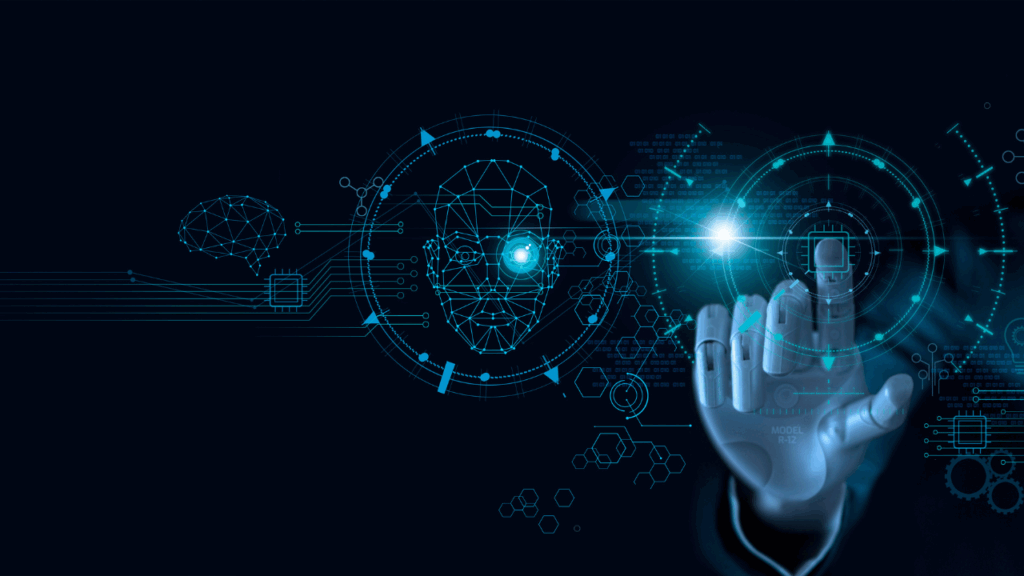In today’s data driven world, businesses aren’t just consuming data, they’re thriving on instantaneous insights. From fraud detection in finance to personalize recommendations in e-commerce, real-time decision-making is becoming the norm. But behind the scenes, what enables these lightning-fast insights is the seamless integration of machine learning models into streaming data pipelines.
As a recruiter working closely with data engineering and AI/ML talent, I see firsthand how in-demand these skill sets are. And more importantly, I see how the technologies and roles are evolving to support this Real-time revolution. Whether you’re an engineer considering your next challenge or a hiring manager building a cutting-edge team, understanding this intersection of streaming data and machine learning is critical.

What is Real-Time Data Streaming?
Real-time data streaming involves the continuous ingestion and processing of data as it’s generated. Technologies like Apache Kafka, Apache Flink, Spark Streaming, Azure EventHubs and AWS Kinesis allow businesses to handle massive flows of data in near real time.
Unlike traditional batch processing, which analyses data in chunks, streaming data flows for immediate analysis; think sensor data from IoT devices, user activity on a websites or financial transactions.
Making Machine Learning Real-Time
Most machine learning pipelines were designed for batch workflows. Data is collected, cleaned and stored before training and inference. But when applied to streaming data, these models need to adapt.
Here is where the challenge lies:
- Latency: ML models must make predictions in milliseconds.
- Scalability: Data doesn’t pause, it grows exponentially and rapidly.
- Deployment: Models need to be versioned, monitored and updated without disrupting the pipeline.
This is no longer just a data science or engineering problem; it’s a full-stack data architecture issue.
Integrating ML into Streaming Pipelines
Here’s a simplified breakdown of how modern teams are making it work:
- Feature Engineering on the Fly
Features need to be extracted in real time, often using tools like Apache Flink or Kafka Streams. Maintaining consistency between offline and online features is a common hurdle. Tools like Feast (a feature store) are gaining popularity here.
- Model Serving in Production
Models are deployed as microservices or through dedicated serving platforms like TensorFlow Serving, TorchServe, or platforms like AWS SageMaker or Vertex AI. These services off real-time APIs that integrate directly with the stream.
- Model Monitoring and Feedback Loops
Continuous monitoring is vital. Models can drift as data evolves. Tools like Evidently AI, Prometheus and Grafana help track performance, while feedback loops allow for online learning or periodic retraining.
- Data and Model Versioning
Tools like MLflow, DVC and Weights & Biases allow teams to version models and datasets, essential for rollback and experimentation.
The Roles Powering These Systems
Real-time ML systems are not built by data scientists alone. Here’s a look at the talent making it happen:
- Data Engineers: Architect and maintain streaming pipelines and infrastructure.
- ML Engineers: Build and deploy models for low-latency inference.
- Platform Engineers: Manage infrastructure, CI/CD, containerization and scaling.
- Data Scientists: Design and train models that are production-ready.
- DevOps/MLOps Engineers: Ensure observability, monitoring and automation of the entire pipeline.
Hiring Tips for Real-Time ML Teams
As someone who interviews and evaluates talent daily in this space, here are a few things I recommend companies look for:
- Experience with streaming tools (Kafka, Flink, Spark Streaming)
- Hands-on model deployment experience (FastAPI, Docker, Kubernetes)
- Understanding of ML model lifecycle from training to monitoring
- MLOps experience – ensuring your AI solutions are scalable and sustainable in business environments
- Communication skills – real-time systems require cross-functional teamwork
- Passion for iteration and movement – data streams change, and so must the models

Final Thoughts
Real-time data streaming and ML integration is no longer just a buzzword, it’s the future of intelligent, responsive business. Companies that invest in the right talent and architecture now will be the ones leading tomorrow.
If you’re a data engineer, ML practitioner, or platform specialist eager to work on these kind of systems, or a company ready to build them, I’d love to connect.
Either email me at Andreea.albu@darwinrecruitment.com or connect with me on LinkedIn: https://www.linkedin.com/in/vania-tjandradjaja/





